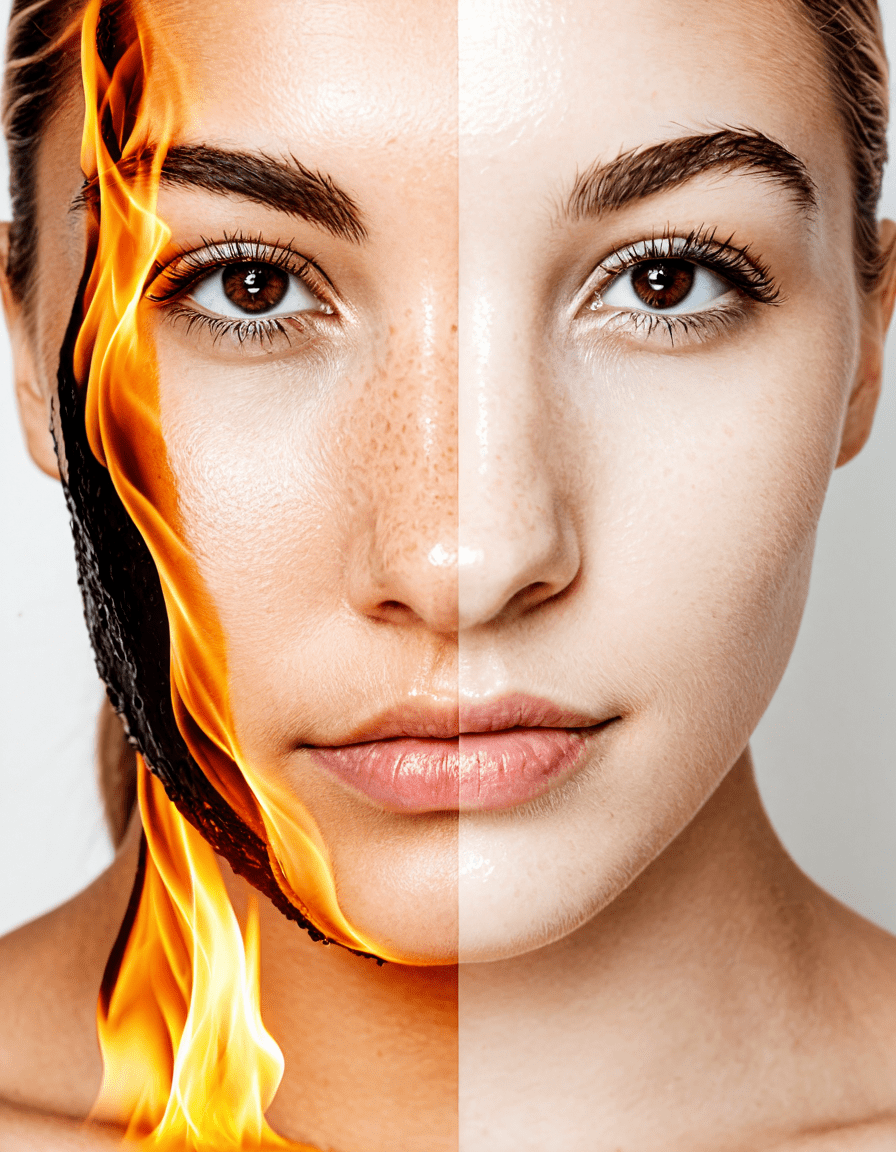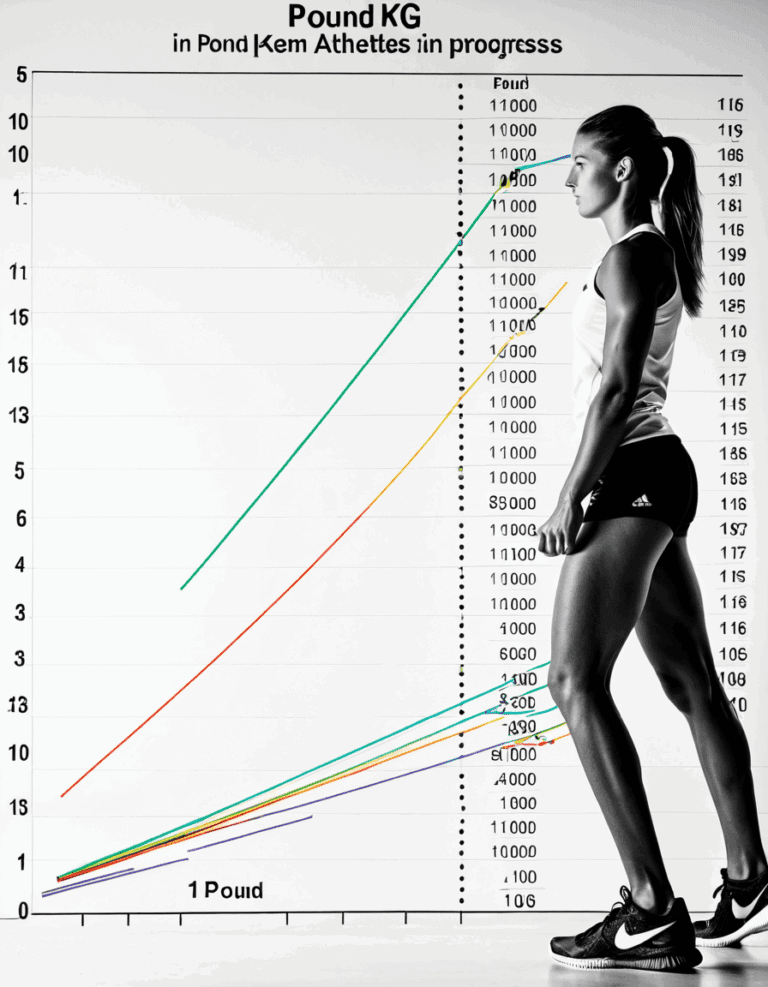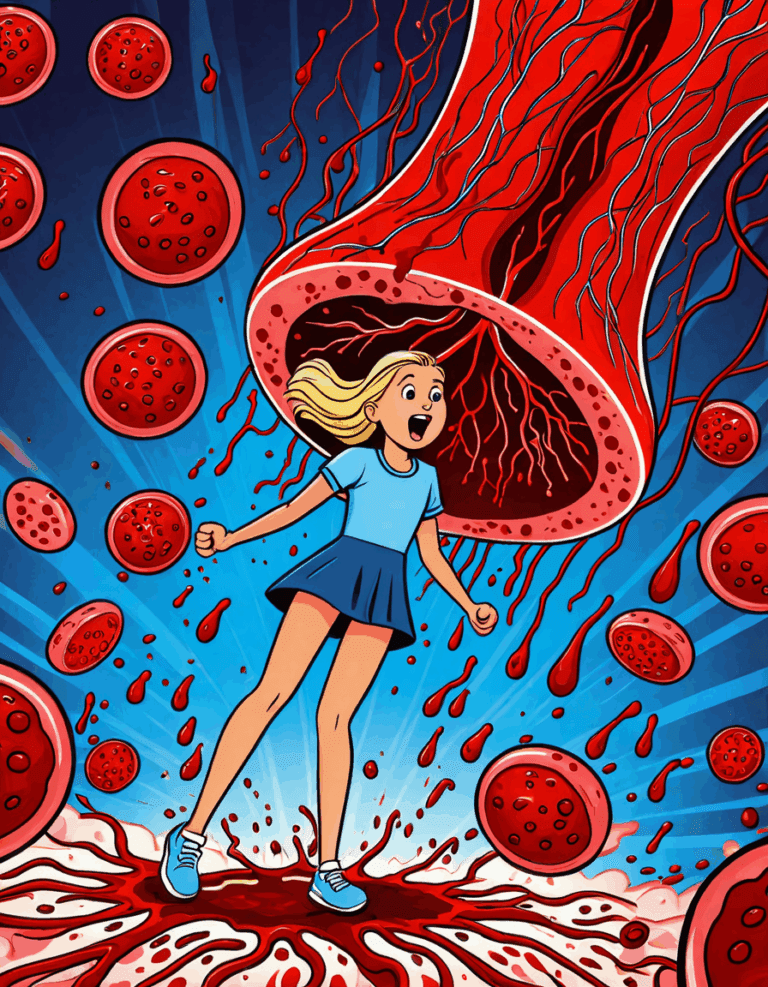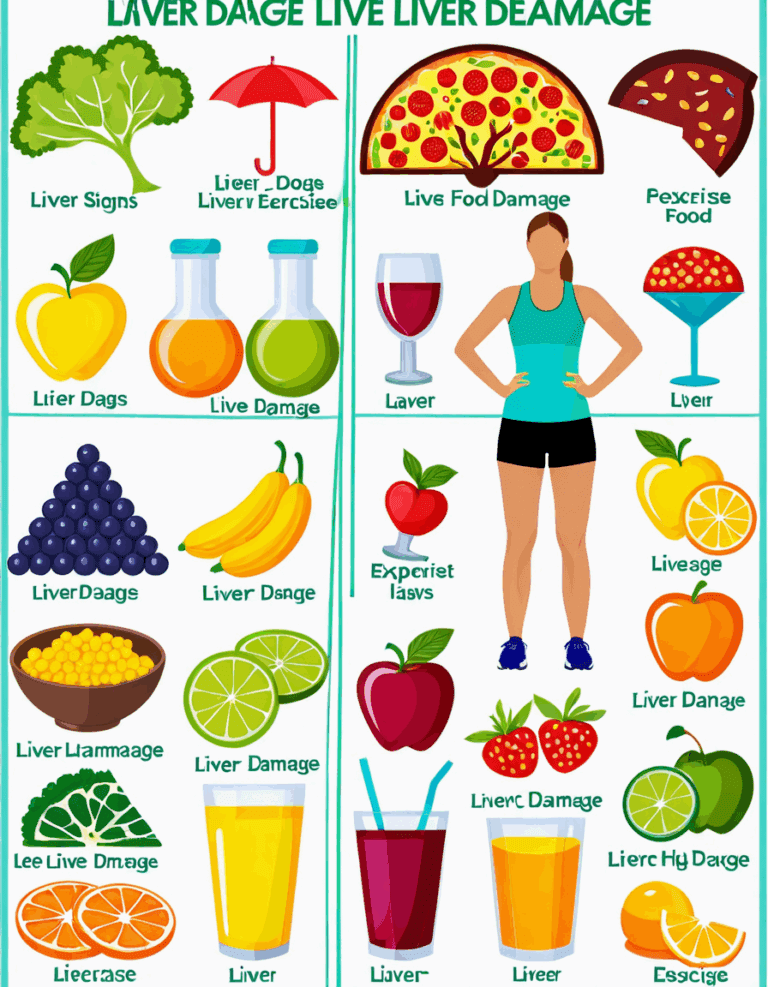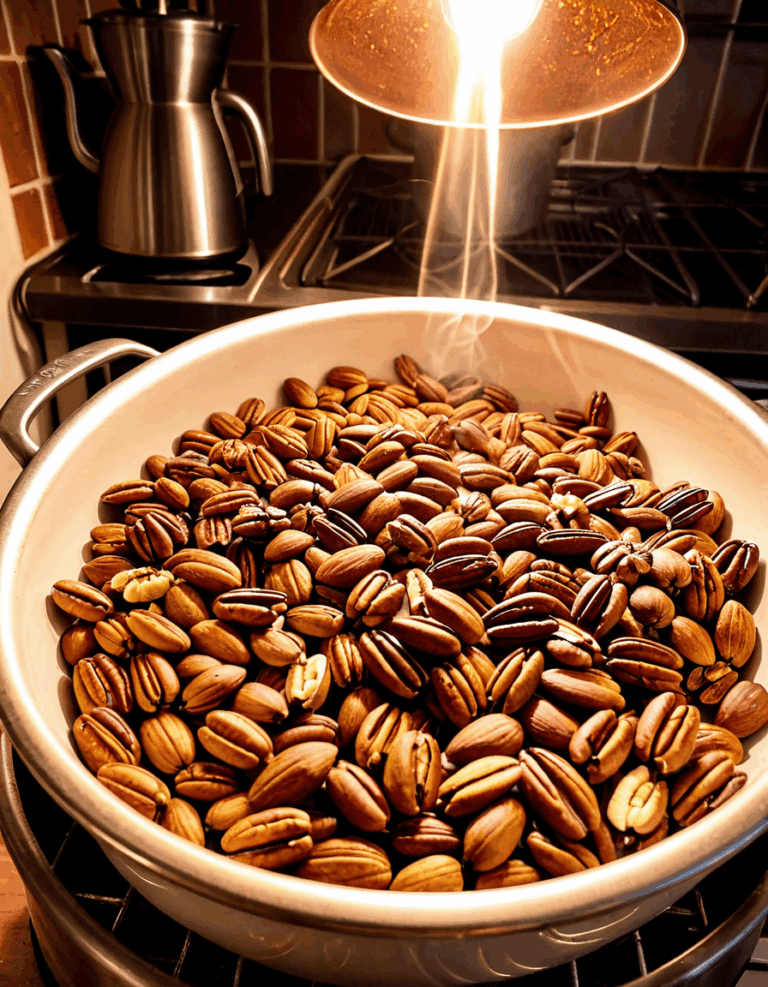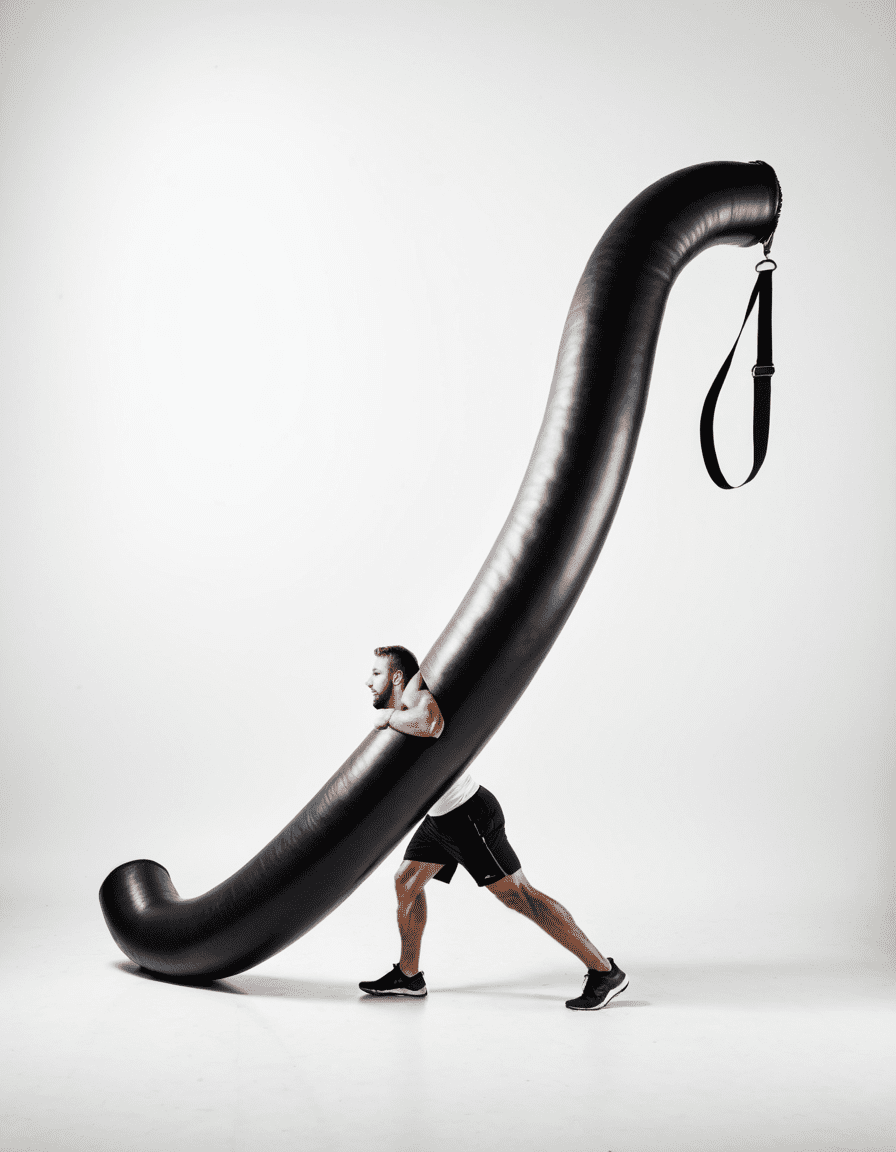In the world of injuries, few things are as shocking and devastating as a 4th degree burn. It’s the most severe type of burn, cutting through the skin and hitting the underlying fat, muscle, and even bone. This damage isn’t just skin-deep—it’s life-changing. For both healthcare professionals and the public, understanding exactly what a 4th degree burn entails and its long-lasting effects is crucial. Let’s dive into the nitty-gritty, but don’t worry; I’ll keep it simple and relatable.
So what exactly sets a 4th degree burn apart from a first, second, or third degree burn? A 1st degree burn only impacts the outer layer of skin, usually leaving behind some redness and minor pain. A 2nd degree burn goes deeper and often causes blistering. Then comes the 3rd degree burn, which can damage nerve endings and appear white, leathery, or even charred. But the 4th degree burn—oh man! This one takes it all to another level, potentially killing off tissue and making recovery a long, serious battle.
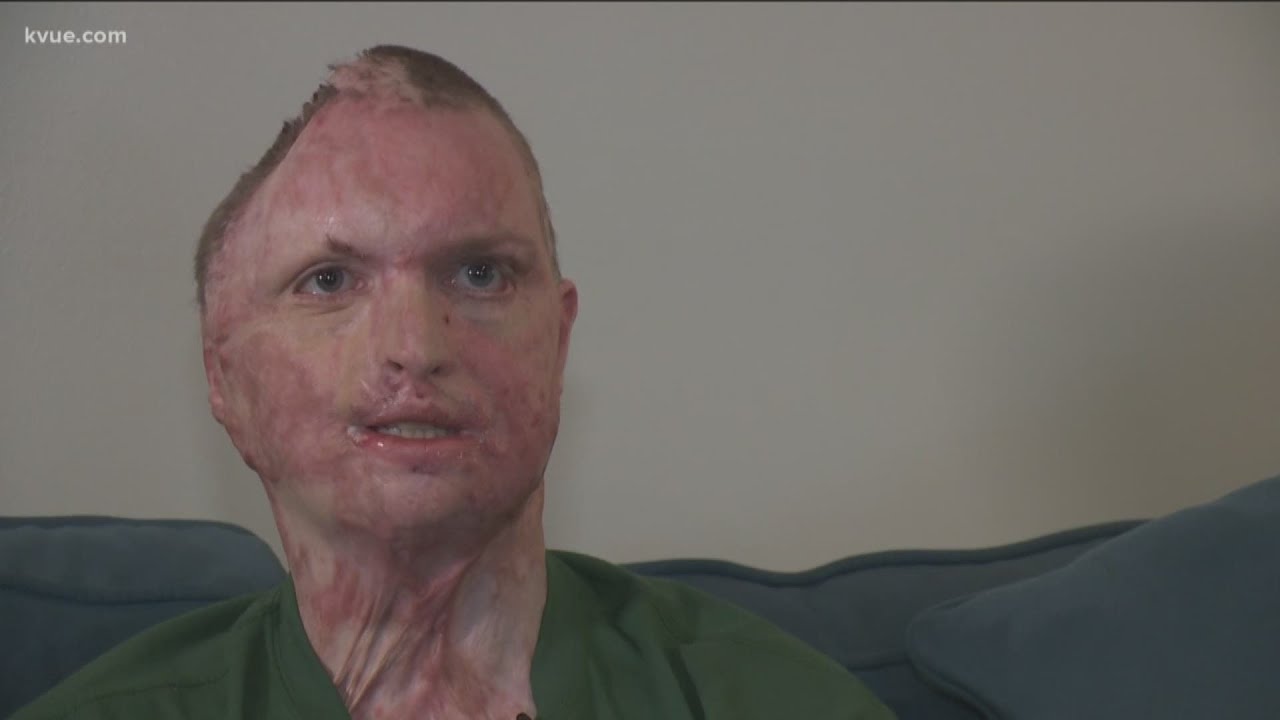
The Devastating Effects of 4th Degree Burns: A List of 7 Consequences
When you get hit by a 4th degree burn, the skin and underlying tissues don’t just take a hit—they’re gone for good. The depth of the burn often means extensive surgical interventions are needed, sometimes involving skin grafting. Imagine having to rely on someone else’s skin to heal your wounds!
Exposed muscles and bones create an open invitation for infections. Studies from the American Burn Association show a higher risk of sepsis in these cases, complicating what’s already a difficult recovery. It’s not just about healing; it’s about fighting off potential life-threatening infections.
Surviving a 4th degree burn doesn’t mean you walk away unscathed—far from it! Many survivors deal with permanent disabilities that require extensive rehabilitation. Imagine months or even years of therapy just to regain the ability to do normal activities, from lifting weights to picking up a coffee cup.
Burn injuries can leave scars that run deep. Survivors may face emotional issues like PTSD, anxiety, and depression. Organizations like the Psychological Effects of Burns Foundation stress how vital mental health support is for burn survivors. You wouldn’t just bounce back from such a traumatic experience—understanding it is part of the healing process.
Sometimes, the damage is so extensive that amputation becomes a necessary evil. A 4th degree burn can cause gangrene, which might lead to the loss of limbs. Can you imagine how that would change your life and fitness goals?
The cost of sustaining and treating 4th degree burns can skyrocket. With surgeries, lengthy hospital stays, and ongoing therapies, survivors can rack up medical bills exceeding several hundred thousand dollars. It’s not cheap getting your life back, that’s for sure!
Everyday tasks, whether it’s washing dishes or working out, become monumental challenges for survivors of 4th degree burns. Physical limitations or the need for mobility aids can severely affect quality of life. Imagine the frustration when you just want to hit the gym but can’t due to injury!
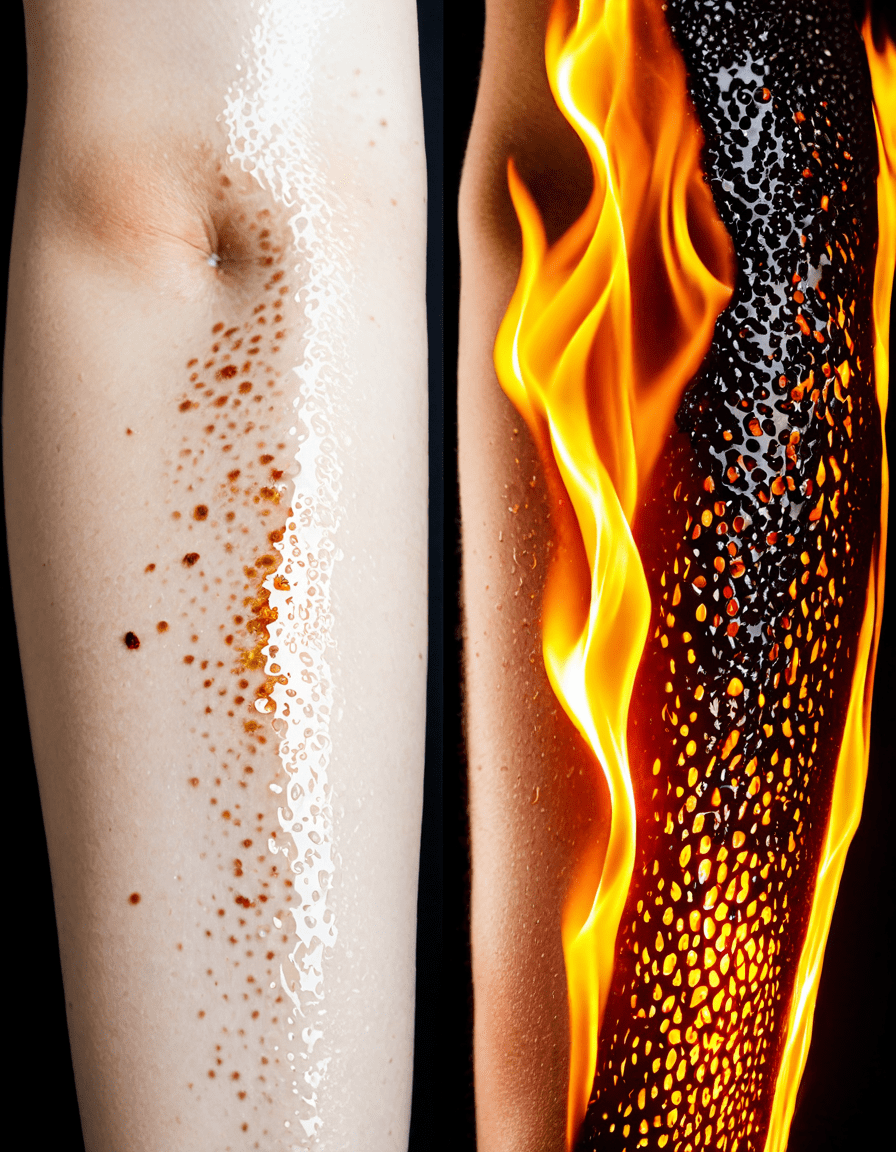
Comparing Burn Types: 4th Degree Burns vs. Other Degrees
Looking at 4th degree burns in comparison to 3rd degree burns and below, the differences are mind-blowing. A 3rd degree burn may damage nerves, appearing leathery or charred, but doesn’t penetrate down to the bone like a 4th degree burn does. For many, the odds of a functional recovery post-3rd degree burn are noticeably better than if you’re dealing with the full weight of a 4th degree burn.
In fact, while operations are often extensive after 4th degree burns, they can also lead to ongoing issues that can’t always be resolved. The survivor of a 3rd degree burn might look forward to aesthetic surgery to recover more successfully than those who suffer from the devastating impact of a 4th degree burn.
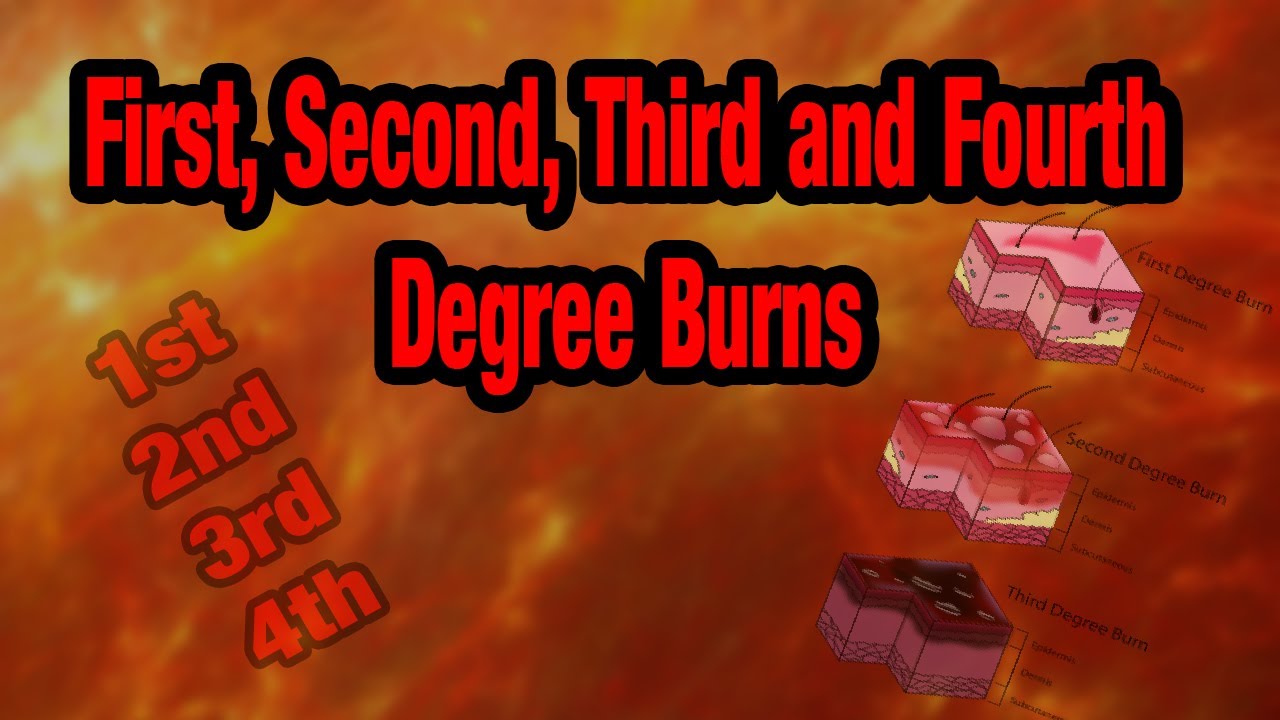
The Long Road to Recovery
Thinking of recovery? Get ready for a long battle! Healing from a 4th degree burn isn’t just about physical wounds. Medical treatments require skin grafts, reconstructive surgeries, and plenty of physical therapy. It’s a journey filled with ups and downs.
Psychological support often becomes a huge part of this journey, helping individuals manage the emotional toll of their recovery. Many survivors even turn around and use their experiences to support others. One unforgettable example is Travis Mills, who transformed his hardships into advocacy for veterans.
After recovery, some individuals significantly adapt their lifestyles. They become role models for burn awareness and prevention. You can see that spirit through stories of resilience and grit, which speaks volumes about the human condition and our drive to overcome.
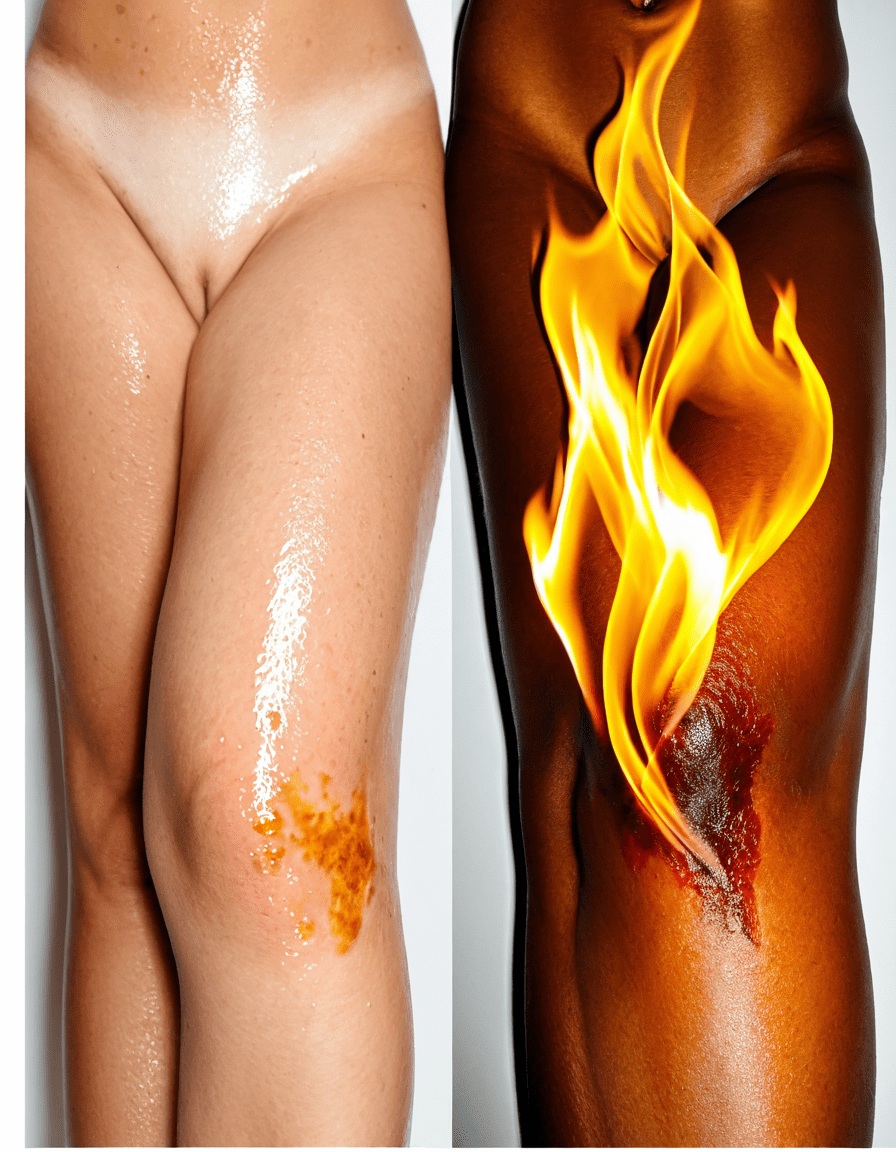
Innovative Approaches in Treatment
Fortunately, the future looks bright for treatment advancements. New research is paving the way for improved healing options. Companies like AxoGen are pioneering techniques for nerve repair after burns, making a real difference in recovery rates.
Additionally, researchers at the University of California, San Diego, are exploring the use of stem cells to enhance healing for severe burn victims, possibly eliminating the need for grueling grafting surgeries. These innovations could change the landscape of burn recovery for good!

Final Thoughts
A 4th degree burn doesn’t just mean physical damage; it signals the start of a life-altering journey filled with emotional and financial challenges. As we look toward better treatment options and prevention strategies, it becomes critical to promote awareness of fire safety risks.
By understanding the extensive consequences of these severe injuries, we empower ourselves and create a community that supports those affected. Yes, the road to recovery can be long and challenging, but remember—you’re not alone. Together, we can foster a future where burn injuries are met with understanding, knowledge, and the best medical care available. Keep pushing yourself; the results are worth it!
Stay shredded, stay inspired, and take care of each other!
4th Degree Burn: The Shocking Truth
What’s in a 4th Degree Burn?
A 4th degree burn goes beyond what you might see with a first or even a second degree burn, inflicting severe damage that can affect deeper layers of skin, fat, muscles, and even bones. While many might be familiar with the signs of a second degree burn, a 4th degree burn can lead to catastrophic consequences, like the loss of limbs or serious infections like gangrene. In fact, gut health Supplements may come in handy when recovering, as they help ensure your body has the nutrients it needs to heal. It’s wild how integrative health can play a role in recovery!
Crazy Facts You Didn’t Know
Did you know that the severity of burns—including a 4th degree burn—can be influenced by the type of incident? For example, burns from an electrical source often lead to deeper tissue damage than those caused by flames. It’s like the incident itself dictates the damage done, and doctors might use a code blue hospital system to quickly respond to life-threatening situations which can include devastating burn cases. Ah, the medical world moves fast, doesn’t it?
Even the aftermath can be pretty shocking. In some cases, patients might require surgeries that involve skin grafts or even functionality restoration techniques. There’s no need to feel down though; just like the art of making Don Tequila, recovery is about blending the right components—care, rehabilitation, and sometimes even medical intervention. Recovery can take time, but with the right strategy, including possibly supplementing with magnesium for its healing properties, many can find a way back from the brink.
Keeping It Simple
While the physical effects of a 4th degree burn are undoubtedly severe, don’t forget the emotional toll. Burn survivors often deal with body image issues and the psychological aftermath of their injuries. Interestingly, public figures like Justin Amash have shared their own struggles, making it more relatable and helping to normalize conversations about recovery. Also, engaging in activities—even small ones like a movie night—can be essential; after all, it’s good to oil up those joints and keep them moving post-recovery!
Recognizing the life-changing effects of a 4th degree burn is crucial for understanding how to address such injuries. Keeping abreast of recovery strategies, whether it’s through expert insights or simply chatting about wellness, can provide crucial support for victims.
